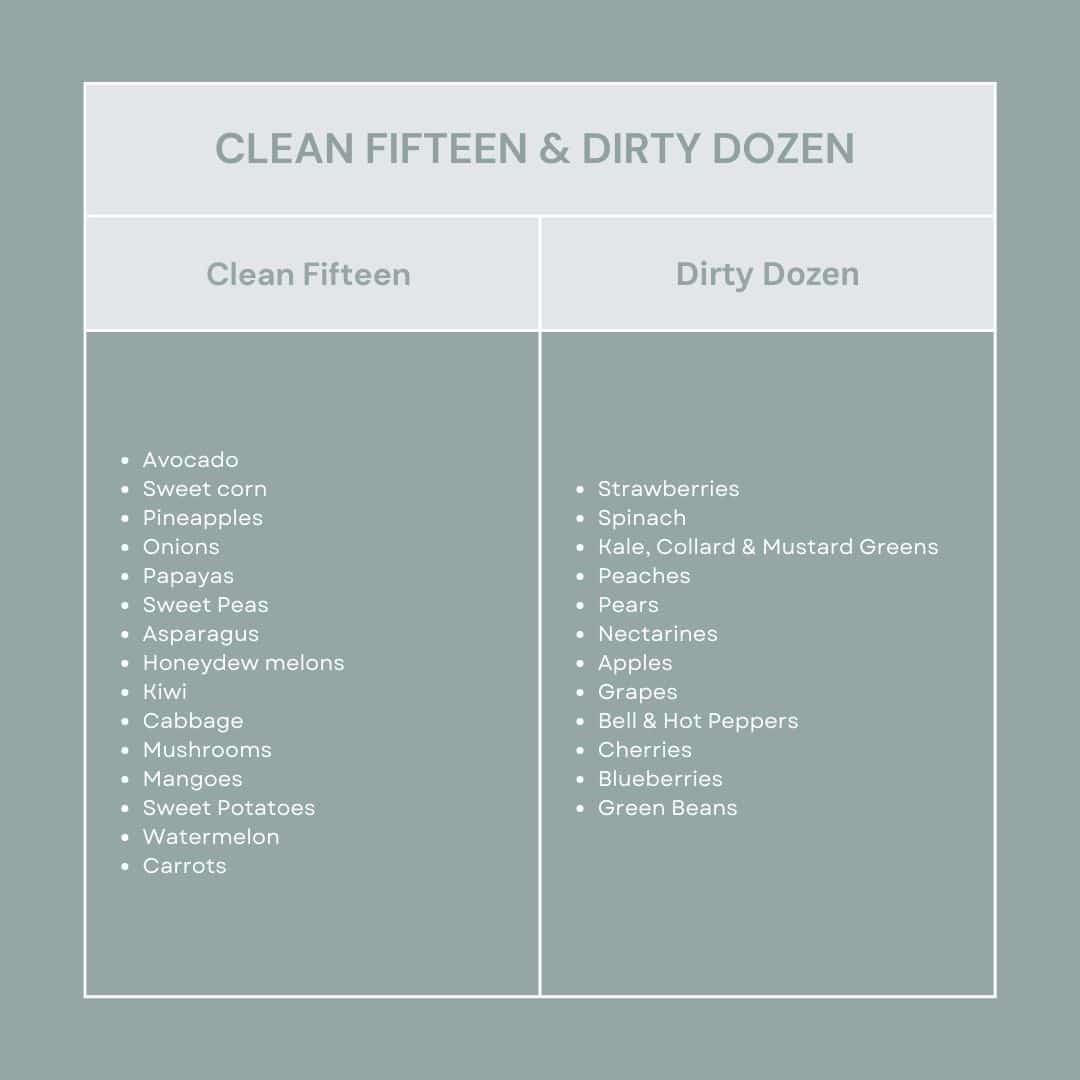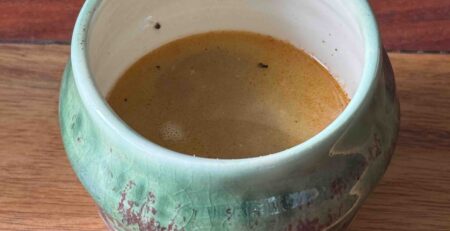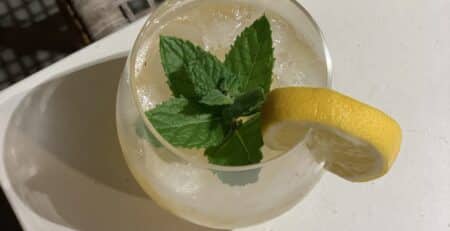Have you heard of the Clean Fifteen and Dirty Dozen?
Every year the Environmental Working Group (EWG) analyse the latest fruit and vegetable testing data from the Department of Agriculture and The Food and Drug Administration.
This information includes over 46,000 specimens of the most readily used fruits and vegetables. The EWG examine this extensive information and outline the fruits & vegetables with the least and highest levels of residue pesticides and chemicals in them. Here is the list of the ‘Clean Fifteen and Dirty Dozen’.
Dirty Dozen
- Strawberries
- Spinach
- Kale, Collard & Mustard Greens
- Peaches
- Pears
- Nectarines
- Apples
- Grapes
- Bell & Hot Peppers
- Cherries
- Blueberries
- Green Beans
AVOID – these fruits and vegetables have the highest levels of residue pesticides and chemicals in them. This is largely due to the makeup of the individual plant (ie large leafy surface area) as well as the chemical/pesticide exposure in the agricultural practices used to propagate them.
Clean Fifteen
- Avocadoes
- Sweet corn
- Pineapples
- Onions
- Papayas
- Sweet Peas
- Asparagus
- Honeydew Melons
- Kiwi
- Cabbage
- Mushrooms
- Mangoes
- Sweet Potatoes
- Watermelon
- Carrots
OK – these fruits and vegetables have the lowest levels of residue pesticides and chemicals in them.
We would always encourage purchasing local, seasonal, organic & regeneratively-grown fruits and vegetables, though we recognise that this is not always possible. So, if it is on the ‘Clean Fifteen’ list and organic is not an option, soak the produce in some apple cider vinegar for two hours then rinse and enjoy.
Reference:











